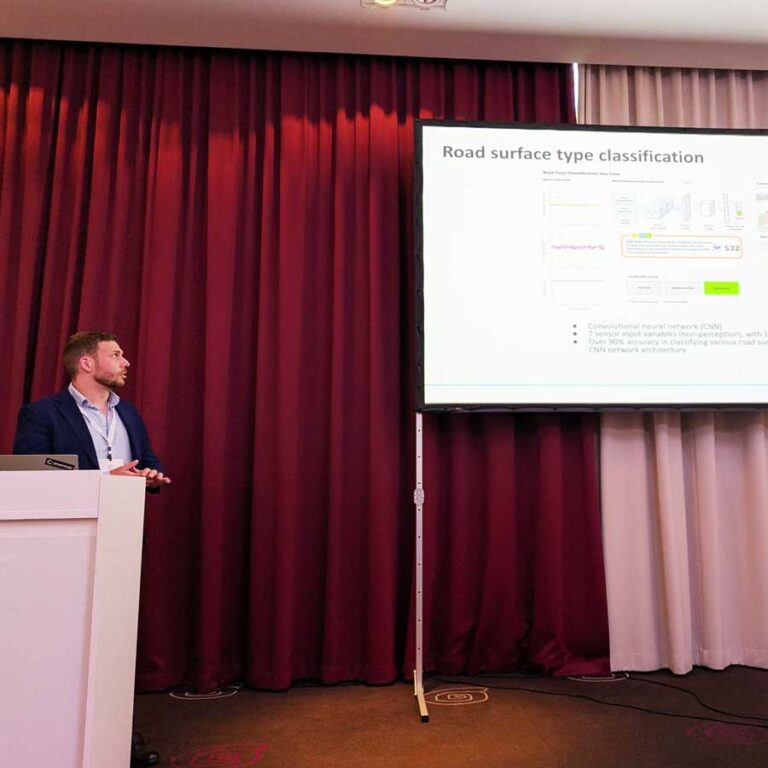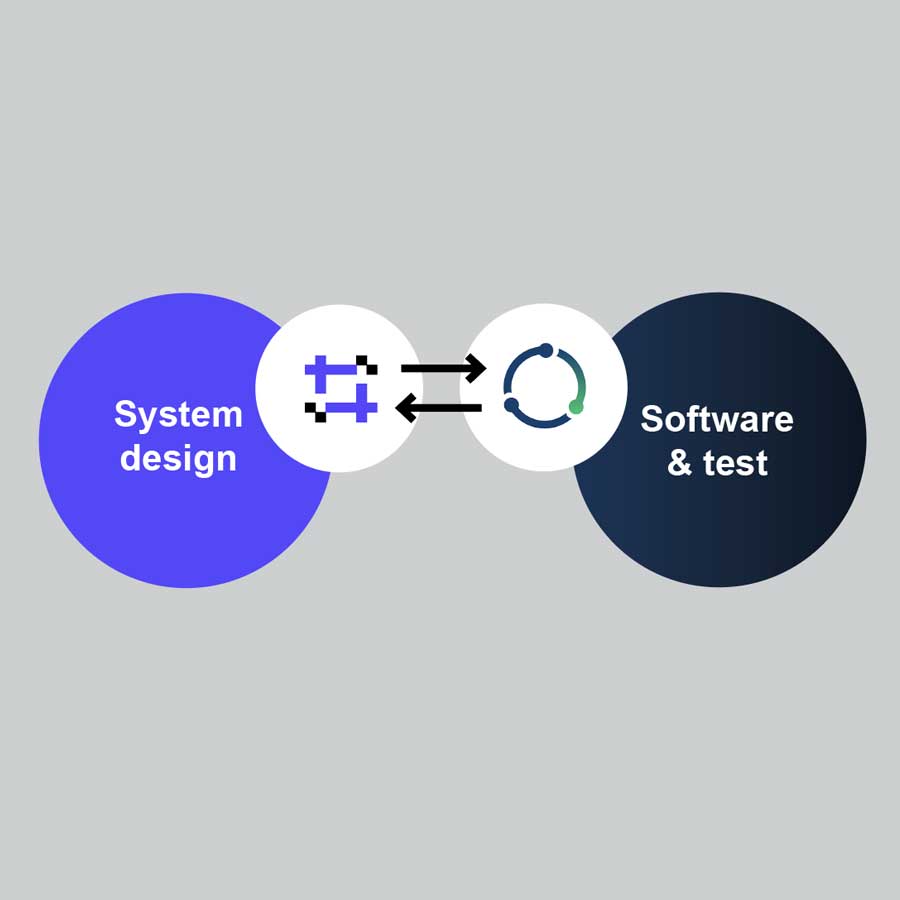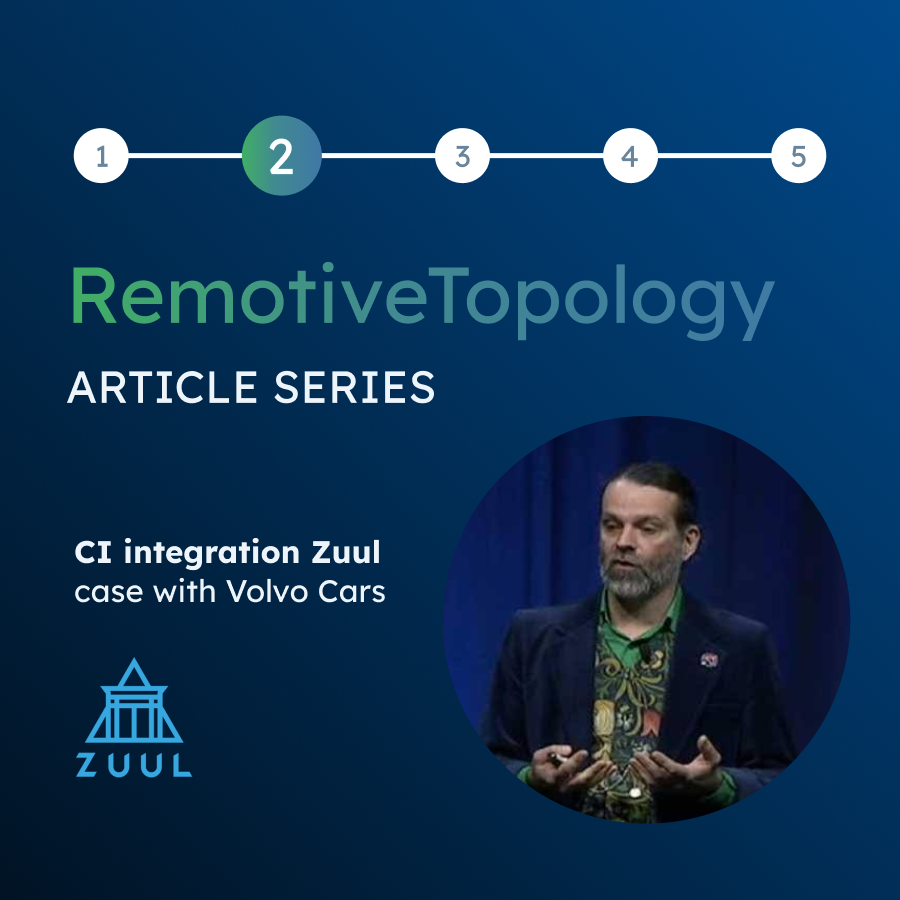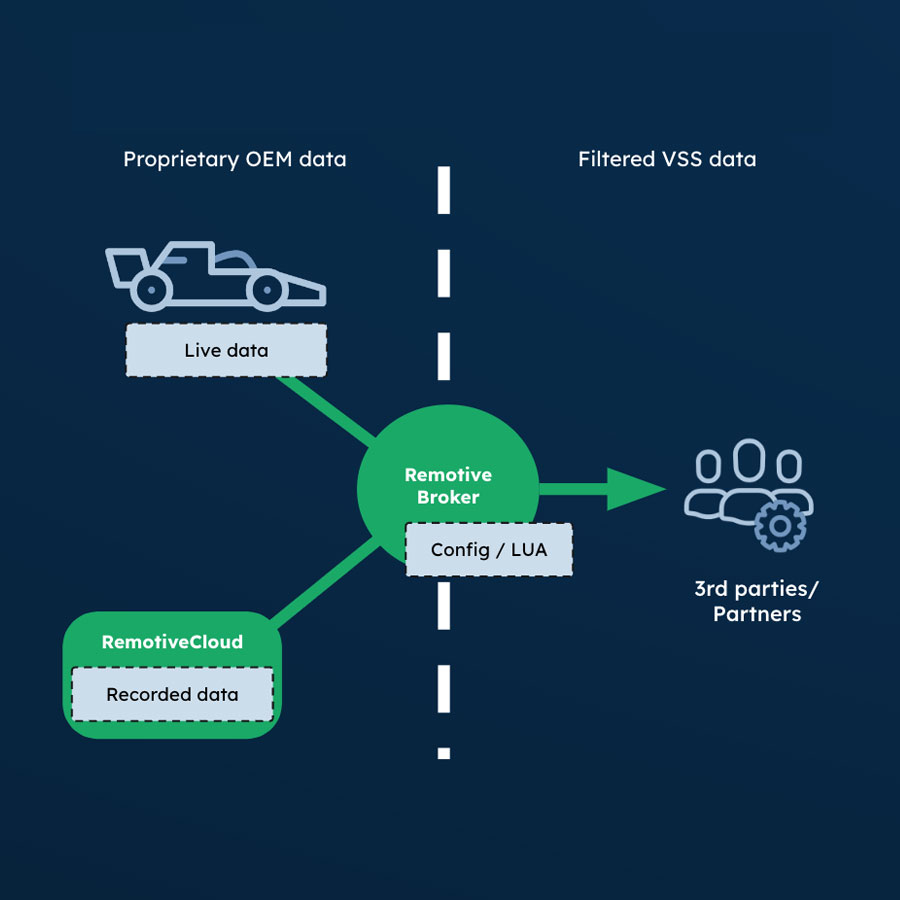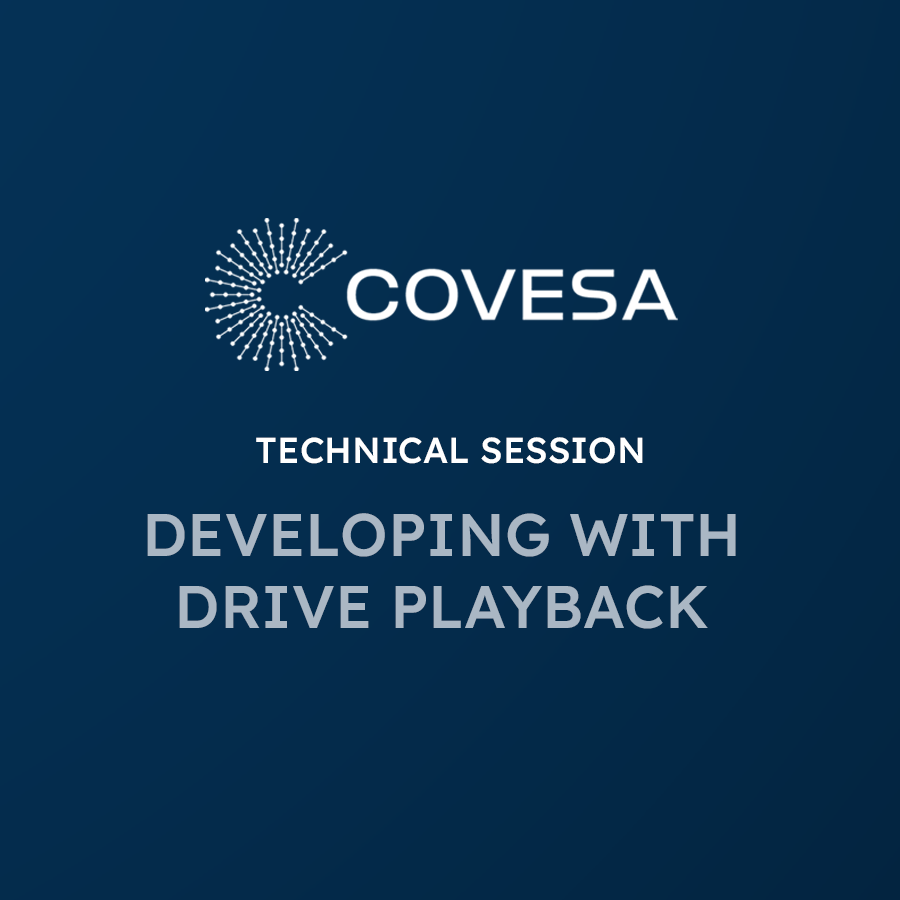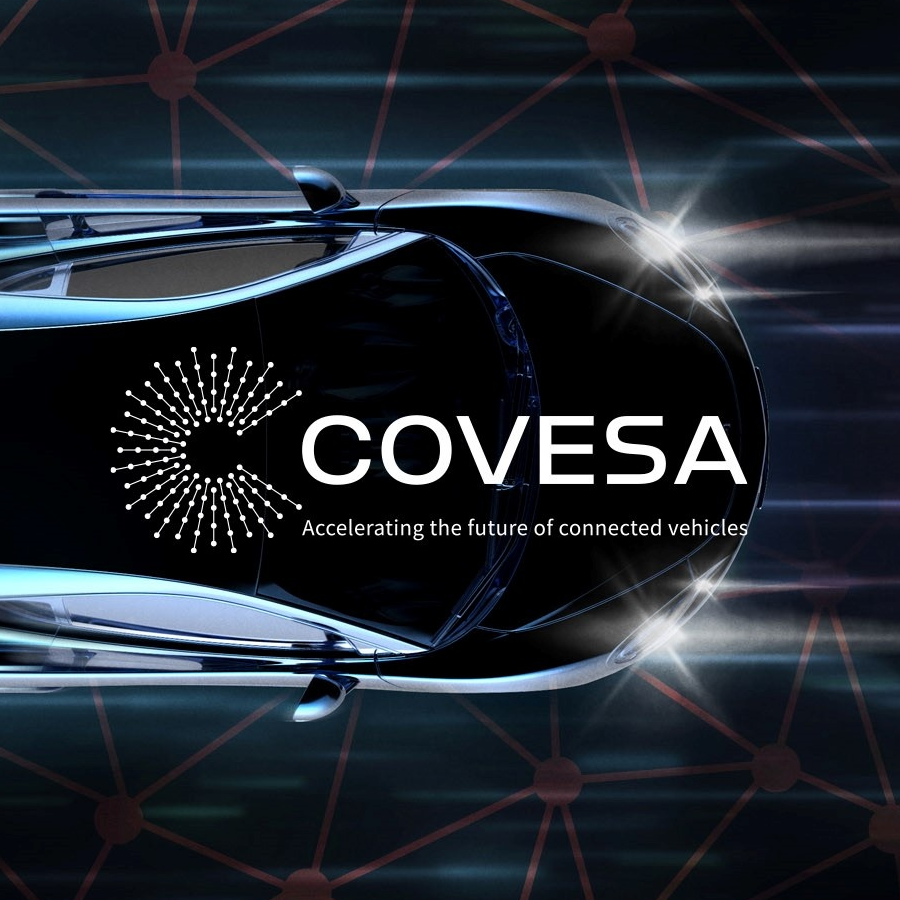With a passion for decoding CAN
Josh Wardell reverse-engineered Tesla’s Model 3 and Model Y CAN signals, making vehicle data more accessible to independent developers. His open-source work, including the widely used DBC file and CANserver, has helped democratize automotive data and inspired new tools in the industry.

With a passion for decoding CAN
Josh Wardell reverse-engineered Tesla’s Model 3 and Model Y CAN signals, making vehicle data more accessible to independent developers. His open-source work, including the widely used DBC file and CANserver, has helped democratize automotive data and inspired new tools in the industry.
Decoding CAN busses for open development
The automotive industry has traditionally been closed and protectionist. Josh Wardell saw things differently. Armed with a deep love for electronics, CAN buses, and a Tesla Model 3, he set out to unlock the vehicle’s internal data. His work has since become a cornerstone for the open automotive community, laying the foundation for tools like CANserver and Scan My Tesla.
At RemotiveLabs, we’ve long admired Josh’s contributions to open automotive development. His work has been instrumental for our work by providing ways to demo our tooling with real data. In this interview, Josh shares his journey, the challenges of decoding Tesla’s signals, and his thoughts on the future of open automotive development.
From curiosity to community: How it all started
What motivated you to reverse-engineer Tesla’s CAN signals?
“I’ve been into electronics since I was a kid, dreaming about the day when electric cars would become mainstream. In the 90s, I read about the GM EV1 and thought, ‘Wow, maybe one day we’ll all be driving EVs.’ When Tesla introduced the Model 3 as an affordable option, I pre-ordered early. With my background in developing CAN hardware for construction equipment and other industries, I was incredibly curious about Tesla as a ‘CAN-defined vehicle.’ I wanted to take it apart and tap into the buses.”
How did things evolve from there?
“I knew the Model 3 would be completely different from the Model S, so it was a blank slate. When I finally got my car in 2018, my first challenge was finding the CAN network. It wasn’t until December that I found the rear console connection. Around the same time, I was working on EV powertrains for a flying car and had access to Vector Canoe—an advanced CAN analysis tool that cost $20,000, but we didn’t have the budget for training. So, over Christmas break, I took my laptop, Vector hardware, and my new Tesla and just dived in.”
Break, drive, hold, reverse – short video clip of first live CAN data decoded.
Reverse-engineering Tesla’s CAN bus: the challenges
What were the biggest hurdles you faced in decoding CAN messages?
“It was all manual work. I logged CAN data, dumped it into Excel, and spent hours processing it. A 10-second log of pressing the accelerator would take days to analyze. I eventually built up a DBC file, first with five signals, then 10, then 100. Tesla forums helped, but Tesla itself provided no documentation.”
“One major challenge is that Tesla updates its software constantly, changing signals with every update. Most automakers don’t do this. For two years, I had to maintain the Model 3 CAN signal database manually, testing updates to see what broke. Later, the Tesla hacking community reverse-engineered firmware to extract CAN definitions, taking us from a few hundred signals to over 3,000.”
How did this lead to the creation of CANserver?
“My first CAN visualization was a breadboard with LED numbers taped to my dashboard—terrifying to drive with. Eventually, I wanted a safer, wireless, self-contained system. In early COVID lockdowns, I finally had the time to properly develop what became CANserver, a wireless CAN logger and visualization tool. I designed it to be a simple, affordable alternative to expensive proprietary tools. Today, CANserver is used worldwide by Tesla enthusiasts, researchers, and engineers.”
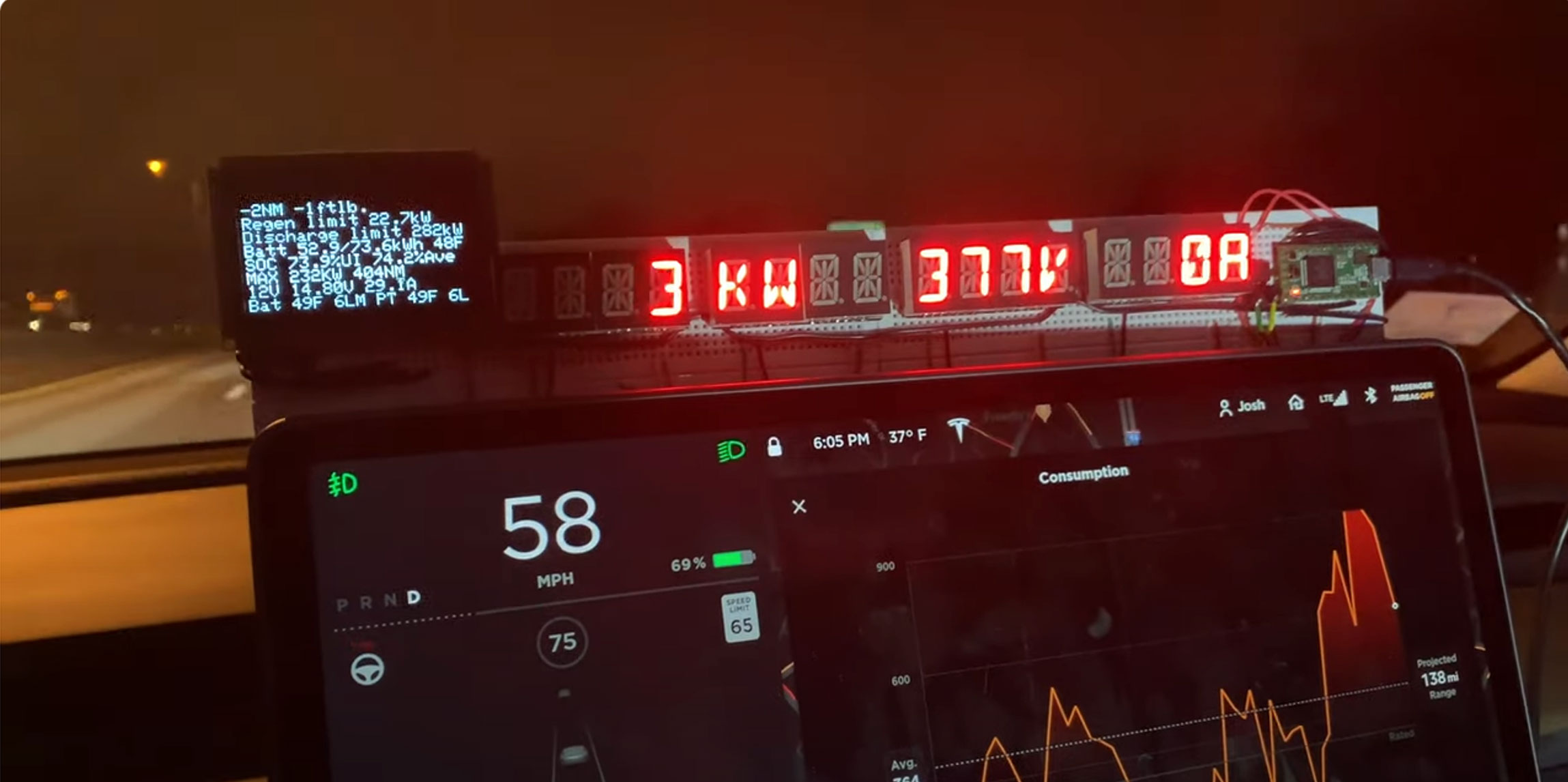
The future of open automotive development
What’s your vision for the project now?
“It’s an open platform — use it how you want. I still actively sell and improve CANserver, but I hoped someone would take over maintaining the Model 3 DBC on GitHub. Keeping it updated is a constant effort. I made sure to built CANserver to be a safe tool—it only reads, never transmits, so users can’t accidentally interfere with their vehicle’s systems. Other tools allow writing to the CAN bus, but that’s risky.”
Can this approach be applied to other vehicles?
“Yes, but it’s harder without community help. Tesla had an active reverse-engineering community. Rivian, for example, has at least 12 CAN buses, compared to Tesla’s two-three, and decoding them is a slow, manual process. I built a Rivian version of CANserver, but without community collaboration, mapping out signals is a much bigger challenge.”
“Unlike Tesla, Rivian uses a mix of off-the-shelf components from different suppliers, which means signals aren’t always consistent. Each bus serves a very specific function — one for motors, another for the battery, and so on—so tapping into just one or two won’t give the full picture. It’s an entirely different challenge compared to Tesla, where most components were developed in-house.”
What would help accelerate development in the industry?
“The industry needs more transparency. Right to Repair laws should at least allow read-only access to diagnostics. Enable folks to read what is going on – it would extend the life of older products. But OEMs lock everything down—even service shops struggle to access vehicle data. I wish more manufacturers would publish diagnostic data without risking security.”
“I’m also jealous of how easy embedded development has become. Tools like Arduino and Raspberry Pi make it simple to build hardware and software, with libraries already in place. Building a vehicle so many devices that need to communicate – when you try and plug in and read it. Standardizing CAN signals across manufacturers would accelerate development, making it easier for software and hardware to integrate seamlessly”.
Final thoughts: Unlocking automotive data for innovation
Josh Wardell’s journey shows how one person’s curiosity can unlock new possibilities for an entire industry. By making Tesla’s CAN data more accessible, he has empowered developers, researchers, and enthusiasts to explore, innovate, and challenge the status quo.
As automotive software development shifts toward openness, projects like CANserver and community-driven initiatives like VSS (Vehicle Signal Specification) are paving the way for a more transparent future. At RemotiveLabs, we believe that sharing knowledge fuels innovation and Josh’s work is a testament to that.
Check out the latest from us
Join the automotive rebels that #getstuffdone with RemotiveLabs!


